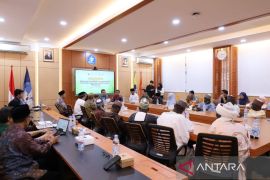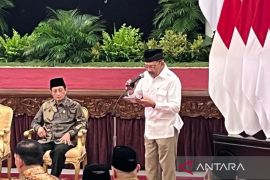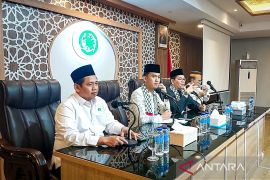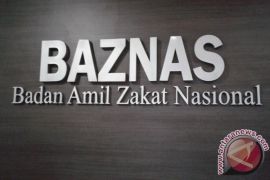"Indicator for the success of zakat is back to its main purpose, namely eradicating poverty. Thus, the question for all amilzakat (alms collectors and distributors): how many mustahik (beneficiaries) have been freed from poverty?" he asked in a written statement received on Wednesday.
Zakat, infaq (voluntary charity), and sadaqah (simple alms) funds have very vast potential, he highlighted. If those funds are managed and distributed well, accountably, and right on target, they can help improve the welfare of the community.
He further said that good and accurate management of social funds requires the involvement of many parties. Thus, synergy and collaboration with various relevant parties are also essential.
"It (the management of social funds) must involve many parties. Only with it can a program be successful," he said.
According to head of the National Alms Agency (Baznas) Saidah Sakwan, it is relevant to carry out collaboration between institutions regarding the management and distribution of zakat funds now. The collaboration can generate outputs that are beneficial for all parties, she added.
The consolidation of the zakat movement is a necessity, she said. All relevant parties must open up a space inclusively to collaborate on eradicating poverty, she added.
She is targeting to use zakat funds to help people change their status from mustahik (beneficiaries) to muzaki (givers). This target is being pursued through collaboration with several zakat, infaq, and sadaqah management institutions (LAZIS).
"We believe that zakat funds must be able to create new muzaki, not to maintain mustahik. The strategy that we are carrying out is the target intervention strategy by collaborating with other LAZIS," she remarked.
Related news: Optimize village funds to tackle stunting, extreme poverty: Minister
Related news: VP Amin highlights year-on-year decline in poverty rate
Related news: BLT BBM policy kept poverty rate at 9.57%: KSP
Translator: Asep Firmansyah, Raka Adji
Editor: Azis Kurmala
Copyright © ANTARA 2023












